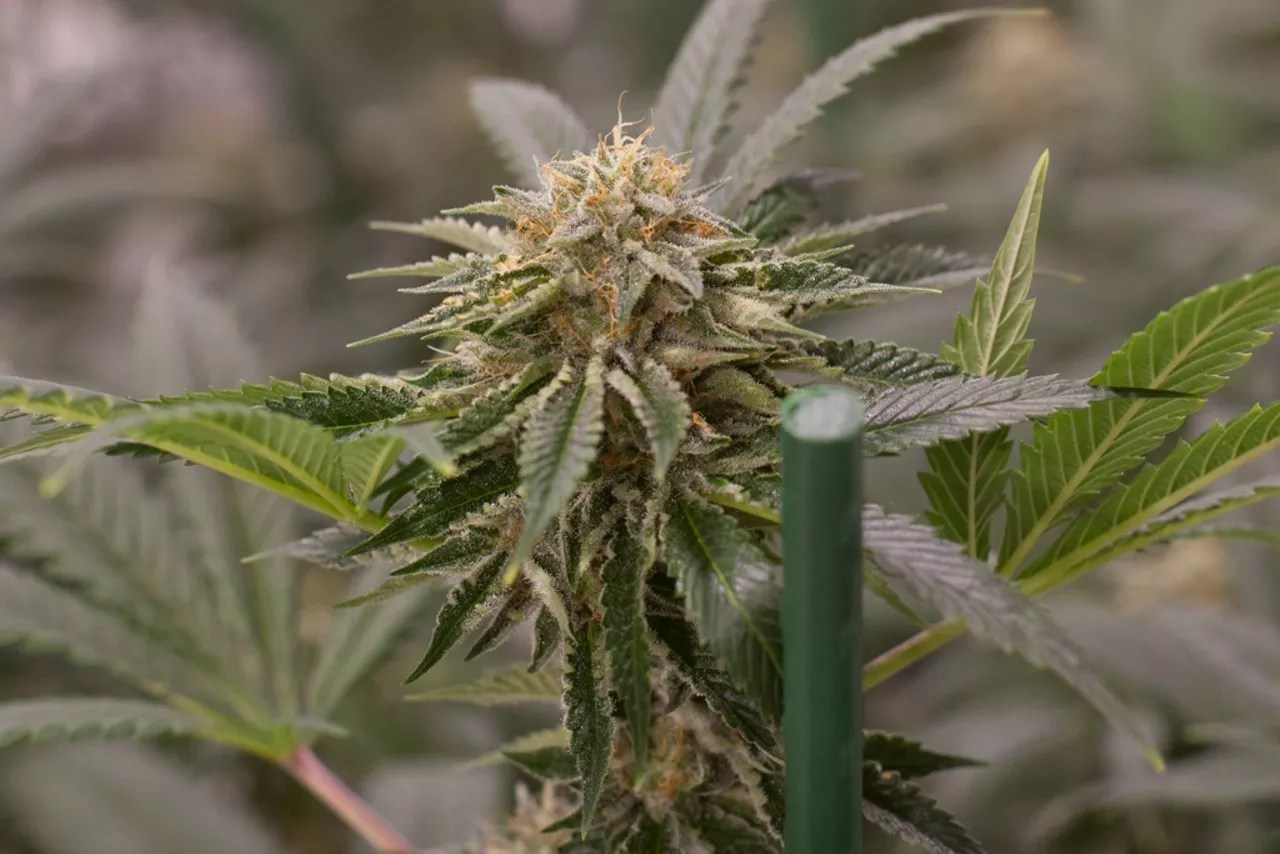
Jacqueline Collins

Audio By Carbonatix
Recreational marijuana users are starting to look past smoking joints and bongs, and moving on to more advanced methods of consumption, according to an annual report from the Colorado Marijuana Enforcement Division.
The MED’s yearly checkup of the state’s pot industry, just released this week for 2018, shows that sales of edibles, pre-filled vaporizers, dabbing concentrates and other infused products are increasing at a much faster rate than the sale of cannabis flower and trim.
Last year, medical marijuana patients and retail customers combined purchased approximately 436,155 pounds of cannabis flower and trim, the report shows, up less than 6 percent from 2017. Over the same period, the pounds of concentrates sold jumped nearly 18 percent, according to the MED, while sales of edibles and other infused products rose almost 13 percent.
Customers are also buying a much smaller amount of concentrates per purchase, but at a much faster rate. Despite the healthy annual increase in the total weight of cannabis concentrates – which include pre-filled vaporizer cartridges – the number of units sold in the same time period jumped from 4.56 million to 8.11 million, over 43 percent.
All of those cannabis sales accounted for almost $1.55 billion of business in 2018, according to MED data. The continued increases in sales and transactions comes despite 65 percent of local jurisdictions in Colorado still banning any form of cannabis sales, whether medical or recreational.
Production has also increased to meet demand, the report shows, with commercial marijuana growers harvesting 1.18 million pounds of cannabis in 2018, up from just over 999,000 in 2017. The difference between the pounds of cannabis harvested and the amount of cannabis flower sold is largely accounted for by the cannabis used for extraction to make concentrates and infused products – but there have also been reports of thousands of pounds of cannabis vanishing from the state’s tracking system in the past, as former U.S. Attorney Bob Troyer learned.
The report also details the pot industry’s overall success with product-containment testing; 2018’s results mostly mirrored those of the year before. However, the pot industry is increasingly struggling with mold and mildew, with around 15 percent of flower and trim failing microbial testing in 2018; in 2017, the failure rate was closer to 10 percent. Still, overall pesticide testing results, available for the first time in August 2018, saw a nearly 99 percent passing rate through the rest of the year.
Although pesticides were the focus of many legal cannabis recalls during the early days of recreational legalization, mold contamination has caused the majority of health recalls since 2018; several companies have recently emerged with technology that decontaminates moldy pot to the point that it’s reportedly safe to use.
Concentrates had a much higher success rate than flower and trim, with only 6 percent of samples from the industry failing residual solvent testing in 2018, and less than 1.5 percent failing microbial testing – largely the same rates as in 2017.
Edibles and other infused products had a nearly 100 percent passing rate for microbial testing.
See the full report below.